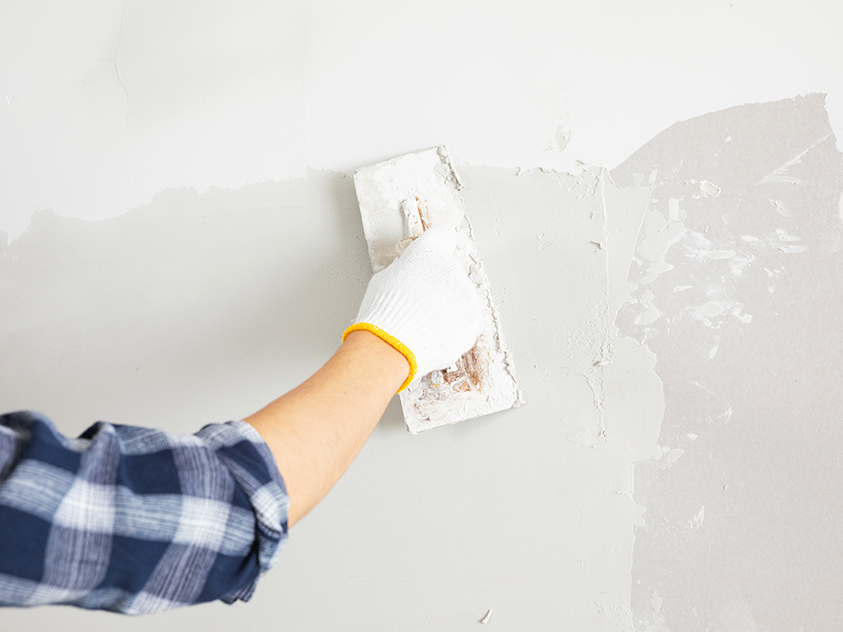Solution
The advantage of using biomass as a raw material is that it is renewable, environmentally friendly, economical, and widely distributed, supporting sustainable development.

Putty
Putty typically consists of a base material, filler, water, and additives. The base material, or binder, is the most crucial component, primarily responsible for bonding. Common binders include cement and organic polymers, which can be further categorized into emulsions and latex powders. Cement is a durable and cost-effective binder, though it lacks tensile strength and crack resistance. Organic polymers can be modified to enhance putty's performance. Fillers serve to fill voids and are often made from materials like calcium carbonate, talcum powder, and quartz sand. The fineness of the filler is important for optimal use. Thickeners and water-retaining agents, typically cellulose-based, help retain moisture and improve storage and application properties. Anti-freezing agents enhance putty's stability at low temperatures, while slip agents and water reducers are used in high-grade putty to improve its workability. Fibers may also be added to prevent cracking.
Recommended equipment:
FDL Double shaft mixer

High efficiency mixing equipment applicable for high viscosity, to make material dispersing, dissolving and mixing uniform.
View DetailsFQLF Powerful Dispersing Machine

Strong disperser is kind of high efficient and multi-function, homogenizer mixing machine.
FXDJ Double planetary mixer

FXDJ double planetary mixer is an advanced equipment used for material dissolution, mixing, kneading and reaction process.
View Details

.png?x-oss-process=image/resize)







